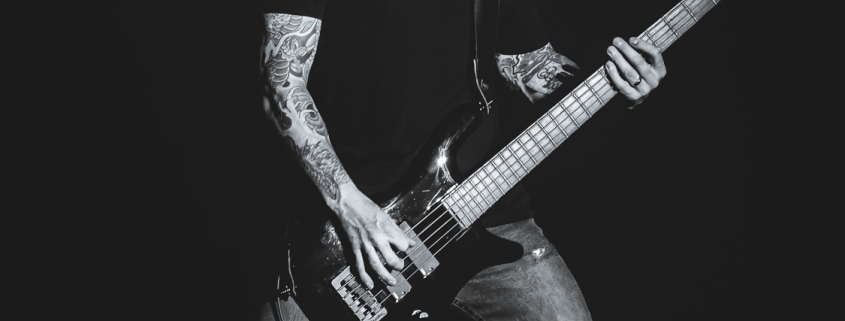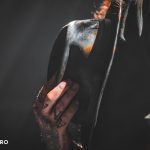Mastering Black and White Techniques in Live Music Photography
Introduction
In an age dominated by vibrant colors and high-definition imagery, black-and-white concert photography stands out as a timeless art form. Stripping away the distraction of colour, it delves deep into the raw emotions, energy, and atmosphere of live performances. This article explores unique approaches and ideas to master the art of black-and-white concert photography, offering fresh perspectives that make your work truly stand out.
The Historical Significance
A Legacy of Monochrome Masters
Before the advent of colour film, photographers like Jim Marshall and Mick Rock immortalized iconic musicians in black and white. Their photos of legends like Jimi Hendrix, Janis Joplin, and David Bowie are not just photographs but cultural artefacts that capture the spirit of their times. Understanding this legacy can inspire you to create images that are not only visually impressive but also historically relevant.
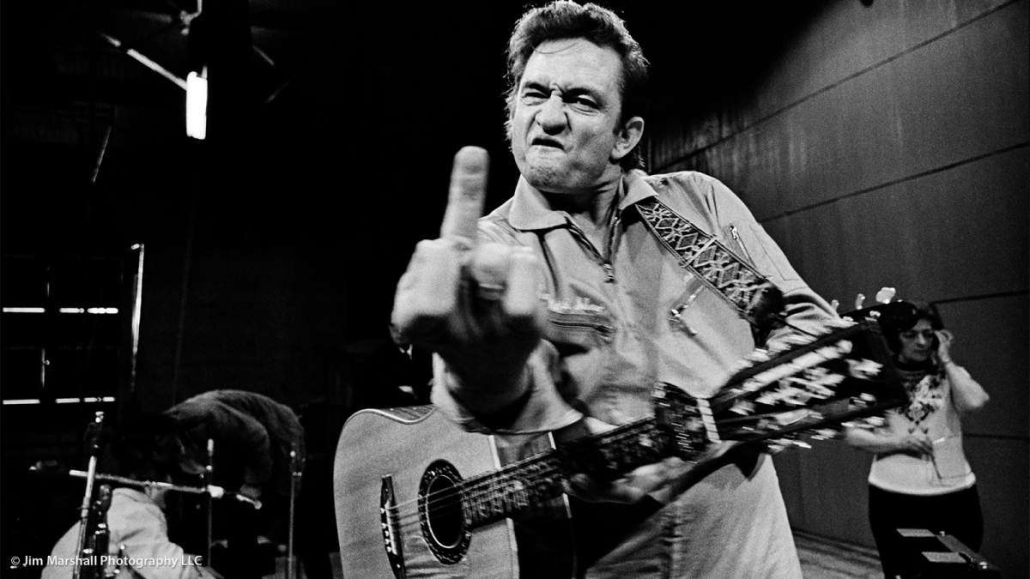
Emulating Film Noir
The aesthetics of film noir—with its dramatic lighting and stark contrasts—can be effectively applied to concert photography. Utilizing shadows and silhouettes can add a layer of mystery and intrigue to your images, echoing the suspense and emotion often found in live performances.
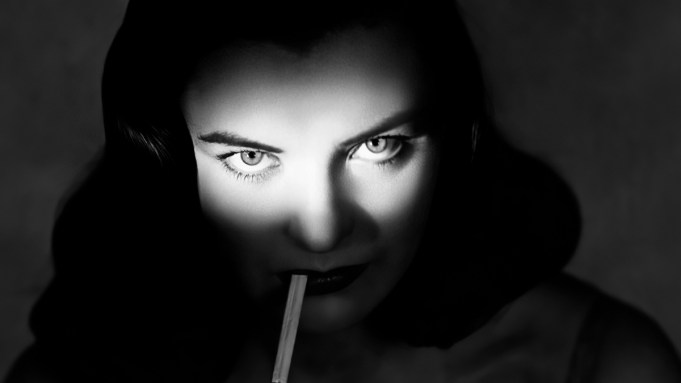
Back to Essentials
Colour can sometimes overshadow the nuances of a scene. In black and white, the absence of colour directs the viewer’s attention to the core elements: emotion, expression, and form.
Techniques for Unique Compositions
Harnessing Chiaroscuro
The Art of Light and Shadow
Chiaroscuro, an Italian term meaning “light-dark,” is a technique that plays with the strong contrasts between light and shadow to achieve a sense of volume and three-dimensionality. This technique, famously used by painters like Caravaggio and Rembrandt, can be adapted to black-and-white concert photography to create images that are both dramatic and emotionally compelling.
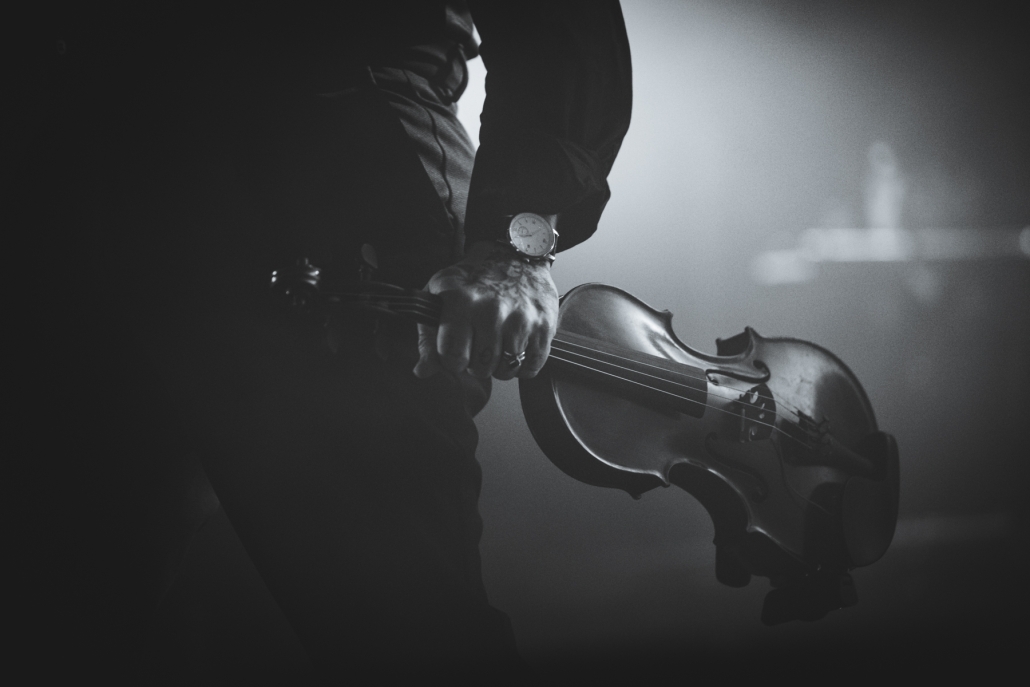
Applying Chiaroscuro in Concerts
- Spotlight Effects: Use stage lighting to isolate the performer from the background, creating a stark contrast that emphasizes their presence.
- Shadow Play: Capture the interplay between light and shadow on the performer’s face or instrument to add depth and texture.
- Silhouettes and Profiles: Position yourself to shoot against strong backlighting, turning the performer into a silhouette that stands out against illuminated smoke or stage lights.
Playing with Light and Shadow
Building on the concept of chiaroscuro, manipulating light and shadow becomes a powerful tool in your photographic arsenal.
- High Contrast Imagery: Emphasize contrasts between the illuminated and shadowed areas to add depth and drama.
- Mood Creation: Use shadows to create a sense of mystery or intimacy, drawing the viewer into the scene.
Utilizing Negative Space
Negative space can be a powerful compositional tool in black-and-white photography. By allowing empty spaces in your frame, you can highlight the subject and create a sense of isolation or focus.
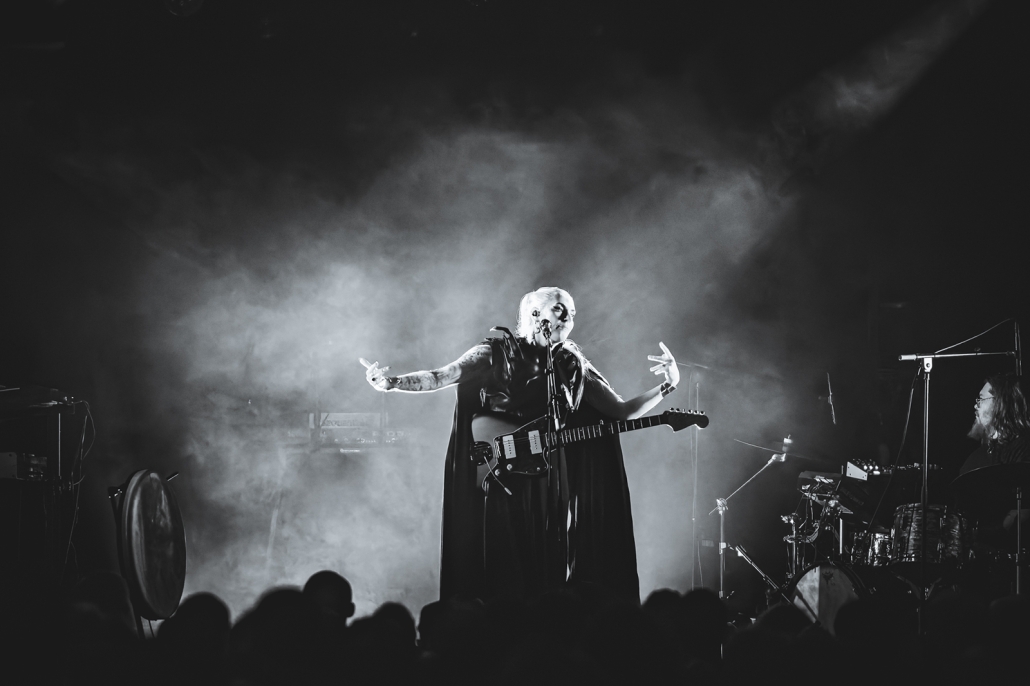
Experimenting with Angles
Unusual angles can make your images more engaging. Shoot from low angles to make performers appear larger-than-life or from high vantage points to capture the crowd’s energy.
Genre-Specific Approaches
Jazz and Blues
For genres steeped in history like jazz and blues, black and white photography enhanced with chiaroscuro can amplify the nostalgic feel.
- Moody Lighting: Use low-key lighting to highlight the emotional depth of the performance.
- Expressive Portraits: Capture the soulful expressions of musicians, emphasizing the lines and textures that tell a story.
Rock and Metal
The raw energy of rock and metal concerts can be amplified in black and white by:
- Dynamic Chiaroscuro: Utilize harsh lighting contrasts to reflect the intensity of the music.
- Gritty Textures: Embrace grain and noise to add a rugged feel to your images.
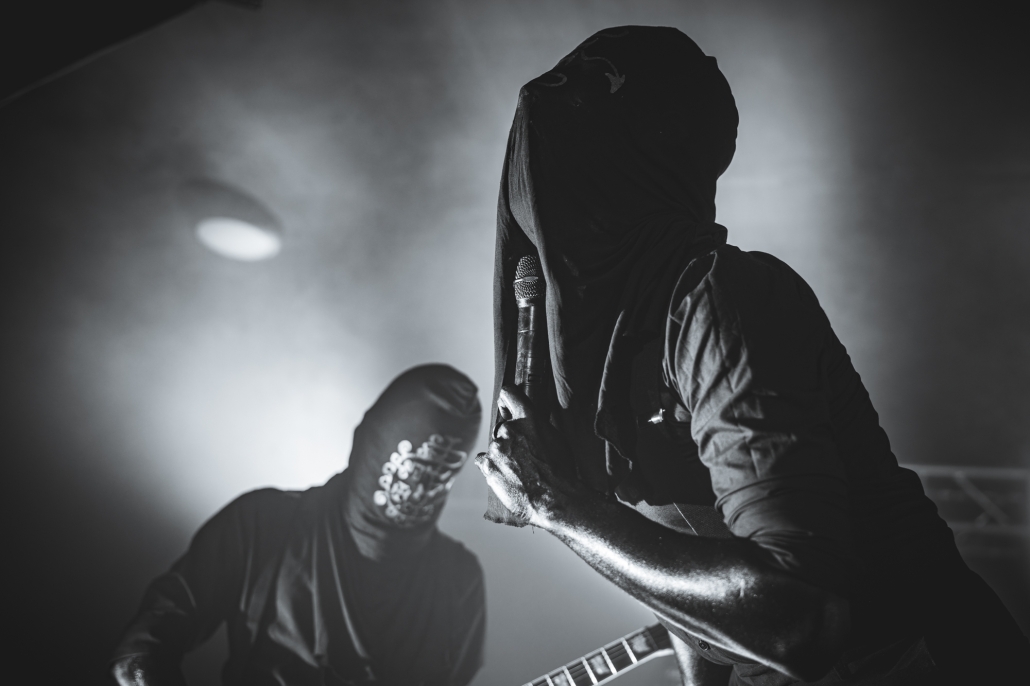
Classical and Acoustic
For quieter, more intimate performances:
- Soft Chiaroscuro: Employ gentle contrasts between light and shadow to convey elegance and subtlety.
- Emphasis on Details: Capture the delicate gestures of performers and the intricacies of their instruments.
Technical Considerations
Shooting in RAW and Color
While the end goal is a black-and-white image, shooting in RAW and in colour gives you more data to work with during post-processing. This allows for greater control over tones and contrasts when converting to black and white, especially important when manipulating light and shadow for chiaroscuro effects.
High ISO and Noise
Don’t fear high ISO settings. The noise can add a film-like graininess that enhances the mood of your images. Modern cameras handle high ISO remarkably well, and any unwanted noise can be managed in post-processing.
Manual Settings Mastery
Concert photography often requires quick adjustments. Mastering manual settings allows you to adapt to changing lighting conditions swiftly:
- Aperture: Use a wide aperture (e.g., f/1.8 – f/2.8) to allow more light and create a shallow depth of field.
- Shutter Speed: Aim for at least 1/250s to freeze motion, adjusting as needed for artistic effect.
- ISO: Increase ISO to achieve proper exposure without compromising shutter speed and aperture.
Post-Processing for Artistic Effect
Black and White Conversion Techniques
Simply desaturating a colour image isn’t enough. Use conversion tools that allow you to adjust how different colours translate into grayscale. This gives you control over the tones and contrasts in your image, essential for achieving chiaroscuro effects.
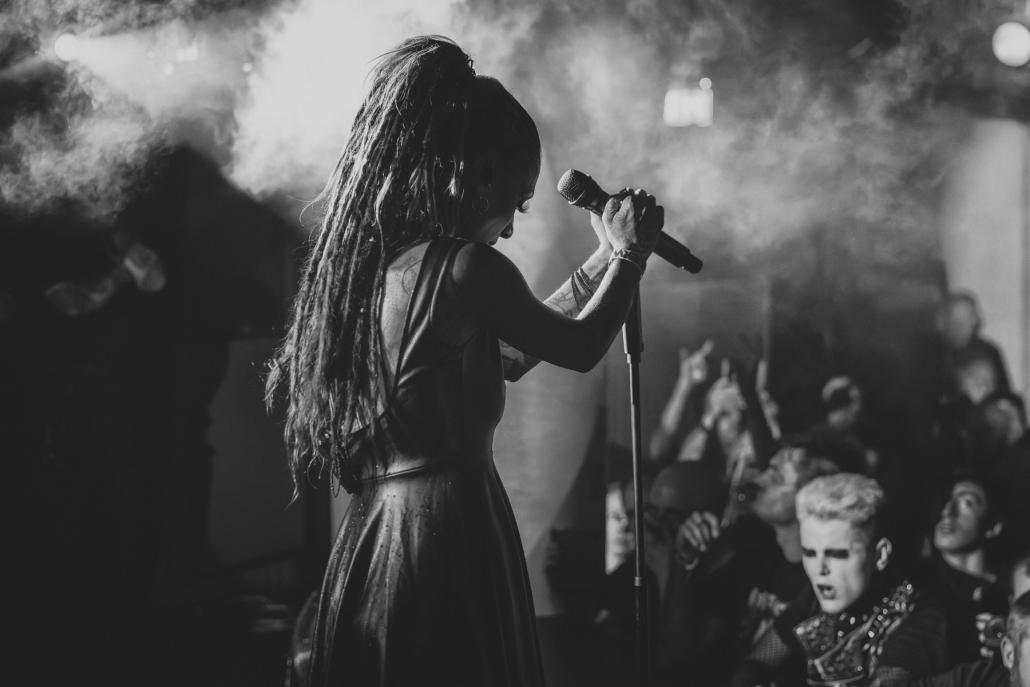
Dodging and Burning
These classic darkroom techniques are just as relevant in digital editing. Use dodging to lighten specific areas and burning to darken others, enhancing the contrast between light and shadow to guide the viewer’s eye.
Adding Grain and Textures
Introduce grain to mimic the look of film photography, adding a tactile quality to your images. Textures can also be overlaid to create a unique visual effect.
The Psychological Impact behind black and white photos
Evoking Nostalgia
Black and white images have a timeless quality that can evoke nostalgia. This emotional response can make your images more memorable and impactful.
Focusing on Universality
Without colour, images can transcend cultural and language barriers, focusing on universal themes of emotion and experience.
Conclusion
The art of black-and-white concert photography offers endless possibilities for creativity and expression. By embracing unique approaches—from historical inspirations to genre-specific techniques—and incorporating the powerful tool of chiaroscuro, you can create images that not only capture the moment but also resonate on a deeper emotional level. Manipulating light and shadow allows you to add depth, drama, and emotional intensity to your work, making your photographs stand out in a saturated visual landscape.
So the next time you find yourself amidst the pulsating energy of a live performance, consider viewing it through the timeless lens of black and white and let the interplay of light and shadow guide your artistic journey.

